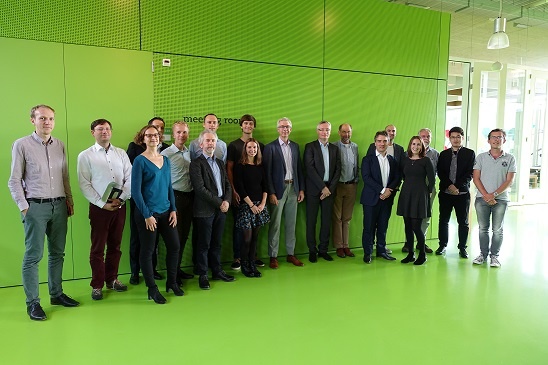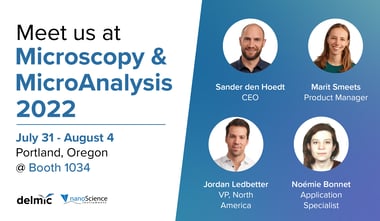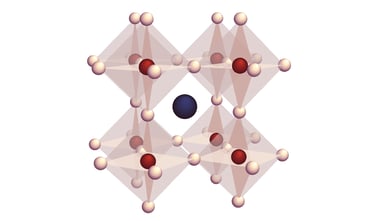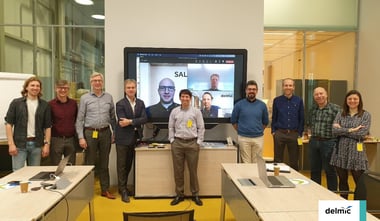The group of Albert Polman is now able to make 2D maps of CL spectra, lifetime, and photon-photon correlations in the Quanta650-SPARC system. In addition, their 250-fs-laser-driven XL-30 system has provided the first pulses and they are installing the optical system for pump-probe experiments.
The Time-Resolved CL project is a collaboration between AMOLF, ThermoFisher-FEI and DELMIC.
AMOLF is a laboratory based in Amsterdam which carries out fundamental research into complex material systems. The SPARC was originally developed at AMOLF at the end of 2011 for nanophotonics research, and is now being used worldwide for a broad range of research in the fields of materials science and optics.
The new instruments at AMOLF integrate the SPARC – for collecting and analyzing the optical emission induced by the electron beam – with: (1) a FEI Quanta 650 scanning electron microscope (SEM) equipped with an ultrafast beam blanker, (2) electronics hardware developed at AMOLF that drives the beam blanker, and (3) single-photon counting/correlation and time-resolved spectroscopy assembled at AMOLF. The new instrument delivers electron pulses with a duration down to <200 ps, enabling the combination of ultra-fast fluorescence lifetime imaging with nanoscale spatial resolution and quantum optical studies in a broad range of systems.
In a further advanced design down the hall, the XL-30 SEM electron cathode is driven by a 250-fs pulsed UV laser beam, creating (single) electron pulses with a duration of 1 picosecond. This enables ultrafast pump-probe imaging spectroscopy with deep-subwavelength spatial resolution. The research program on the new microscope is funded by an ERC Advanced Investigator Grant that was awarded to Polman in 2016.
To celebrate the success of the collaboration a workshop was held at Amolf for all people involved into making this project a success. Talks were given by amongs others, Jens Kreister (Thermo-Fischer-FEI), Toon Coenen (application specialist at DELMIC) and Sophie Meuret (Postdoc at AMOLF) and the workshop was concluded with a demonstration of the systems.
We are thrilled to be a part of these exciting new developments and we hope we will have many more workshops to celebrate further progress.
Cathodoluminescence imaging spectroscopy has been developed over the years at AMOLF as a nanophotonics measurement technique by three subsequent PhD students: DELMIC’s cathodoluminescence application specialist Toon Coenen, Ernst Jan Vesseur, and Benjamin Brenny, in addition to several postdocs and master students and many technical specialists at AMOLF. Over 40 scientific papers have been published so far, and can be found here.
.png)






